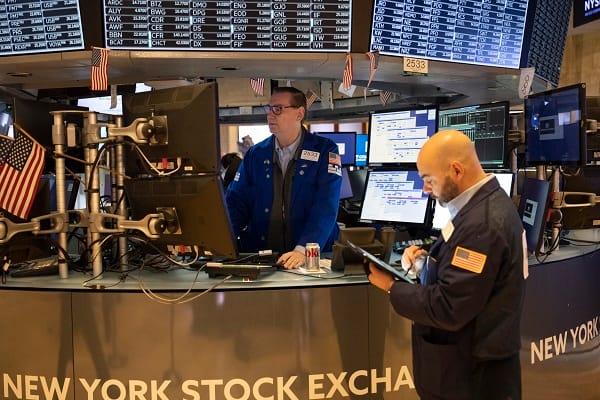The EUR/USD pair retreated after two days of gains, starting Friday’s trading at 1.0760, due to market optimism about the dollar despite disappointing U.S. retail sales data yesterday.
The market is eagerly awaiting the release of U.S. Producer Price Index (PPI) and Michigan Consumer Confidence Index data today.
The U.S. Dollar Index (DXY) maintains a positive bias, based on the expectation that the U.S. Federal Reserve will avoid interest rate cuts in March and May, with a 52% probability of a 25-basis point rate cut in June.
The recent Eurozone Gross Domestic Product (GDP) data for the fourth quarter showed no significant changes. Christine Lagarde, President of the European Central Bank, emphasized the persistence of weak economic activity in the near term and underscored the importance of achieving the 2% inflation target while confirming the ongoing decline in inflation.
In my view, the economic outlook for the European Union is characterized by moderate growth and low inflation amid internal challenges and external geopolitical pressures.
Gradual economic recovery is supported by expectations that the EU’s GDP will slightly improve to 0.8% in 2024 and reach a larger growth rate of 1.5% in the following years.
It is expected that inflation, a key concern for markets, will decrease from 5.4% in 2023 to 2.7% in 2024 before further declining to 2.1% by 2025, indicating the EU’s resilience in facing energy shocks and inflationary pressures, as well as its ability to avoid recession.
At the same time, Germany, the largest economy in Europe, faces serious economic challenges, including recession and rising inflation rates. Expectations of a 0.6% decline in GDP this year are driven by a global economic slowdown and persistently high interest rates until next year.
However, I anticipate a moderate recovery in the German economy, supporting GDP growth expectations of 0.8% in 2024 and 1.2% in 2025. This is underpinned by a noticeable improvement in domestic demand, driven by real wage increases, and external demand recovery despite challenges posed by inflation and global economic slowdown.
I believe that the significant impact on Euro/Dollar exchange rates will remain tied to the monetary policy of the European Central Bank and the EU’s ability to address foreign policy issues, especially regarding trade relations and geopolitical tensions. These factors will inevitably affect economic expectations and investor sentiment towards the Euro. As the EU and its member states, especially Germany, deal with these economic and geopolitical challenges, their success in maintaining stability and stimulating growth will play a crucial role in shaping a positive momentum for the Euro/Dollar pair in the long term.
The timing and pace of future U.S. interest rate cuts are still contingent on continued progress in inflation reduction and economic performance. Local and international issues in the United States and the European Union are expected to significantly impact the Euro against the U.S. Dollar, as regularly confirmed by price movements. Therefore, I believe that the future movement of the currency pair will depend on the success of the U.S. and EU governments in effectively addressing accumulated problems.
While the U.S. Federal Reserve adopts a cautious approach to interest rate cuts, prioritizing sustainable inflation reduction, the decisions of the European Central Bank are driven by the economic situation in the Eurozone. This delicate balance emphasizes the importance of closely monitoring economic indicators, policy decisions, and global developments to anticipate their effects on the Euro against the Dollar in the medium and long term.





Leave a Comment